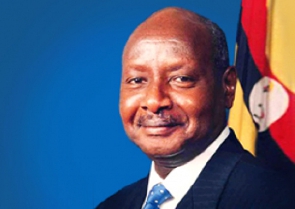Business News of Thursday, 18 July 2019
Source: thebftonline.com
Infrastructure neglected as 99% of oil cash is used for fees
About 99 percent of the oil cash used to support the country’s education budget for 2018 was used to pay for goods and services – mainly for the payment of school fees in respect of government’s Free SHS programme, while a paltry 1 percent was spent on physical infrastructure.
An analysis of the Public Interest and Accountability Committee’s Annual Report on Management and Use of Petroleum Revenues for the Period 2018 reveals that of the total Annual Budget Funding Amount (ABFA) allocation of GH¢419,871,012 to the education sector, a little over GH¢414.6million was spent on fees for Free SHS beneficiaries and GH¢5.2million was spent on expanding existing infrastructure and building new ones.
The negligible amount spent on physical infrastructure is worrying, given that there has been a major increase in enrolment of SHS students as a result of government’s Free SHS policy.
In September this year, when the third batch of free SHS beneficiaries enters SHS, the total population of SHS students is estimated to be around 1.3million – making the highest since independence.
By the year 2020, demand for tertiary school admissions is expected to be massive; as the country awaits the maiden graduation of over 400,000 Free Senior High School (SHS) students who will be applying for entry into the various tertiary institutions.
The reality is that this single batch of free SHS beneficiaries are more in number than the entire student population of the 138 tertiary institutions in the country at the moment.
The 138 tertiary institutions, including colleges of education and nursing training, have an entire student population of 320,746 covering all batches, and they have the capacity to admit about 100,000 students yearly as a result of limited infrastructure.
This means that in 2020 these institutions will not even be able admit half of the over-400,000 students who are expected to apply for admission into the various tertiary institutions.
This, however, means that government should be double funding on infrastructural development of second cycle institutions to enable them absorb this large number of students under the policy.
Of course, government has said its aim is to ensure that secondary school education becomes the least education any Ghanaian would have – so a counter-argument would be that it is not all the 400,000 SHS graduates that will be expected to have tertiary education.
But the Trades Union Congress (TUC) argues that a secondary school education is not enough to produce requisite human resources for the accelerated industrialisation government itself seeks.
Government, the TUC argues, must, therefore, embark on rigorous infrastructural expansion in the various tertiary institutions to enable them admit the historic number that will be searching for higher education in the near-future.











